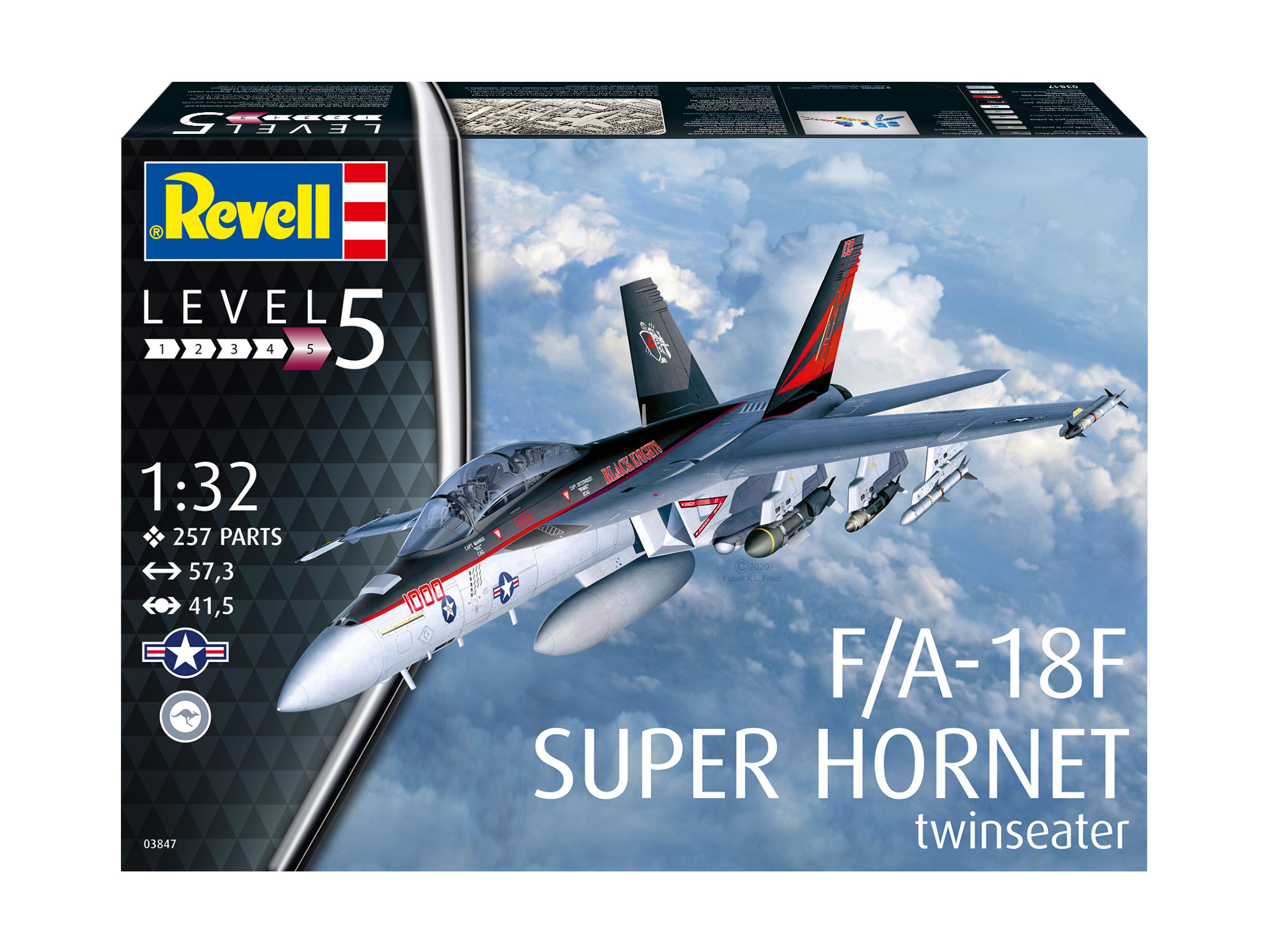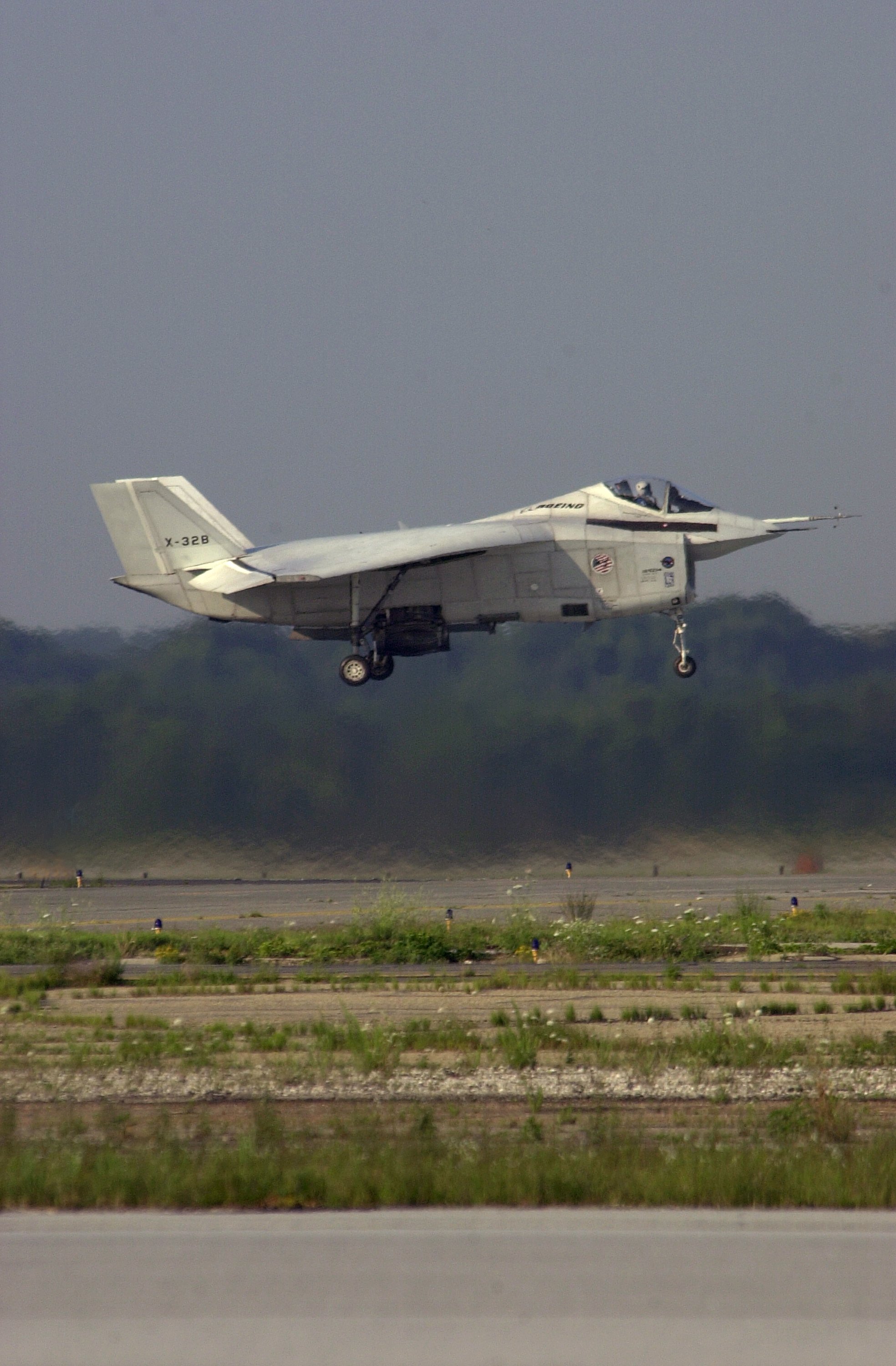Boeing F 32 - The Boeing X-32 is a concept aircraft designed for the Joint Strike Fighter competition. It lost to the Lockheed Martin X-35, which was later redesigned to become the Lockheed Martin F-35 Lightning II.
This section needs additional confirmation text. Help improve this question by adding a citation to a trusted source. Irrelevant content may be challenged and removed. (January 2019) (Learn how to remove and delete this template)
Boeing F 32

The goal of the project was to develop a powerful replacement design for all of the United States Department of Defense's lighter combat and attack aircraft, including the F-16 Fighting Falcon, the McDonnell Douglas F/A-18 Hornet, and the vertical/short takeoff/ direct landing ( V/STOL) AV-8B Harrier II.
Introducing The X 32 Stealth Fighter (the Plane That Could Have Replaced The F 35)
In 1994, the US Congress mandated that the two be included in the Joint Strike Fighter (JSF) program.
Many companies participated in the first phase of the project, which involved the preparation of aircraft plans to be submitted to the Defense Department. On November 16, 1996, Boeing and Lockheed Martin were awarded contracts to build two demonstration aircraft (CDA) each.
According to the contract, these fighters have to demonstrate take-off and landing (CTOL), take-off and landing (type CV) and short take-off and vertical landing (STOVL). It was also expected to include ground demonstrations of aircraft systems such as the Preferred Weapon System Concept (PWSC).
One major departure from previous projects was the ban on companies using their own funds to support development. They each received $750 million to build their two planes - including avionics, software and hardware. These limitations encouraged the introduction of cheaper manufacturing and assembly methods and prevented Boeing or Lockheed Martin from undermining themselves to win such an important competition.
The X 32 Could Have Been The F 32 (and Replaced The F 35)
Boeing's strategy to gain a competitive advantage was to offer the lowest manufacturing and lifetime costs by reducing the variation between different JSF models. So the X-32 was designed around a large carbon fiber composite delta wing. The wings were 9.15 meters long, with a sweep of 55 degrees and could hold 20,000 pounds (9,000 kg) of fuel. The purpose of the high sweep angle was to allow a thicker wing section to be used with less drag and to provide better wing angles for conformal antenna equipment.
The cost-competitive approach also led Boeing to choose the direct launch option required for the Marines to take off and land vertically (STOVL), as it would only require adding a vectoring component around it. a great giant.
However, this choice required the engine to be installed behind the cockpit, moving gravity forward from its usual location in the fighter (at the rear of the aircraft) to allow it to move around. Boeing planned, in the 1960s, a similar high-performance, medium-gravity, curved-wing fighter, but it did not make it past the photographs published in Aviation Week.

By comparison, Lockheed's test looks like, if nothing else, a smaller version of the F-22 Raptor stealth fighter.
Scale Boeing F 15e Strike Eagle W/bunker Buster
Another result of choosing a straight riser was the large chin air intake. This is necessary to supply enough air to the main engine (to provide the necessary propulsion power) during zero horizontal speed, when it would not be able to use male air power. An interesting feature of this large intake was the direct exposure of the radar compressors (see horizontal section of the radar). Mitigation involves adjustable baffles designed to block incoming radio waves without polluting the atmosphere.
Two X-32 aircraft had delta wings. However, after eight months of building demonstrator aircraft, the JSF's maneuverability and payload requirements were revised at the Navy's request, and Boeing's delta wing failed to meet the new targets. engineers modified the aircraft design with a twin rotary tail that reduced weight and stability, but it was too late to change the aircraft. They were deemed sufficient to demonstrate Boeing's technology.
On December 14, 1999, Boeing unveiled all of its exhibits at its Palmdale, California plant in front of 5,500 attendees. Although the X-32A was expected to appear, the announcement of the X-32B was a surprise, as construction work on the latter aircraft began three months later and was completed six weeks after the X-32A.
Boeing said the rapid construction of the STOVL model is the use of digital technologies and integrated processes.
Revell 1/32 Boeing F/a 18f Super Hornet
Following the launch of the Pratt & Whitney F119 engine in April 2000, the X-32A began low and high-speed taxi tests, which were completed by the end of May.
Due to the heavy delta wing design of the X-32, Boeing demonstrated STOVL and high-altitude flight in various environments, with the STOVL configuration requiring parts to be removed from the fighter. The company has promised that their flexible design for production models will not require special layouts. In contrast, the Lockheed Martin X-35 concept aircraft was able to switch between their STOVL and high-speed configurations in-flight.
The first flight of the X-32A (designed for CTOL and transport tests) took place on September 18, 2000, from Boeing's Palmdale factory to Edwards Air Force Base. The aircraft, piloted by Boeing test pilot Fred Knox, traveled 2,200 meters (670 m) from the runway before taking off at 150 knots (280 km/h; 170 mph) around 8:00 am.

Shortly after takeoff a small hydraulic leak was discovered and the flight was shortened to 20 minutes from 30 to 40 minutes.
Italeri Boeing Jsf Plastic Scale Model 1/72
According to Knox, the F/A-18 fighter requires "a lot of firepower" to match the X-32 during launch. During the flight, the aircraft reached an altitude of 3,000 m, reached a speed of 200 knots (370 km/h; 230 mph) and reached an angle of 13°. Although the flight was shortened, about 80% of the planned tests were completed.
On March 29, 2001, the X-32B STOVL model flew for the first time. The flight lasted 50 minutes as the plane took off from Palmdale to Edwards AFB. The aircraft was planned for the third quarter of 2000.
For normal flight, the -614S was converted to a variable turbofan afterburner. However, in STOVL mode, a butterfly valve diverts exhaust gases from the intake manifolds to the twin exhaust nozzles located near the aircraft's gravity. Prior to these nozzles, the jet nozzle provided a sheet of cooling air to reduce recirculation of the hot gas. There were also two lines leading to the roller noses near the wingtips. A pair of ducts fed the aft yaw nozzles and forward intakes.
The charger was not ignited, and the air did not escape during the lift. The X-32B achieved STOVL flight similar to the AV-8B Harrier II by vectoring the jet exhaust. A smooth transition (between STOVL and normal modes) was obtained by maintaining a constant jet match, guided by a control system that maintained a constant nozzle position. Thus, the guinea pig was unaware of the various nozzles being opened and closed to complete the change.
This Is What Boeing's F 32 (formerly Called X 32) Would've Looked Like If Lockheed's X 35 (now Called F 35) Lost The Jsf Competition.
The F119-PW-614S was a straight lift giant, while the Lockheed Martin STOVL team used a more complex and dangerous alternative, the F119-PW-611, which had a lift shaft fan driven by a large giant. However, this resulted in more lift than would have been possible with a direct exhaust. Advanced designs can have higher payloads, and thus longer ranges, than simple vectored turbovalves.
On October 26, 2001, the Department of Defense announced that the Lockheed Martin X-35 had won the JSF competition. The X-35 will be developed for the Lockheed Martin F-35 Lightning II.
Losing the JSF contract to Lockheed Martin in 2001 was a major setback for Boeing, as it represented the world's most important fighter since the Light Fighter Competition in the 1960s and 1970s, which led to the F-16 Fighting Falcon. and the F/A-18 Hornet. At the time, JSF production was estimated at somewhere between 3,000 and 5,000.

Before the contract was awarded, many lawmakers pushed the idea of keeping the losing competitor as a subcontractor; however, the winner-takes-all principle has not changed. However, Boeing sees its work on the X-32 as an investment strategy, providing key technologies that can be adopted into Boeing's F/A-18E/F Super Hornet and other training programs.
Meng Ls012 Boeing F/a 18e Super Hornet Plastic Kit
In 2005, the Boeing X-32A was transferred to the National Museum of the United States Air Force near Dayton, Ohio. Her condition worsened from being out for several years after the JSF competition, but she is now indoors and ready to be rebuilt.
The X-32B was moved to the Patuxt River Naval Air Museum adjacent to NAS Patuxt River in St. Louis. Mary County, Maryland in 2005.
The Northrop H-9M (United States) and the Horth Ho 229 (Nazi Germany) are respectively the world's first stealth-wing aircraft.
0826 1x1t 32 f, 1 32 f 4j, boeing x 32 vs f 35, 1 32 f 8, 1 32 f 16, 32 f bra, f 32, boeing f, f-32 boeing, 1 32 f 15e, 1 32 f 18, 1 32 f 14
0 Comments